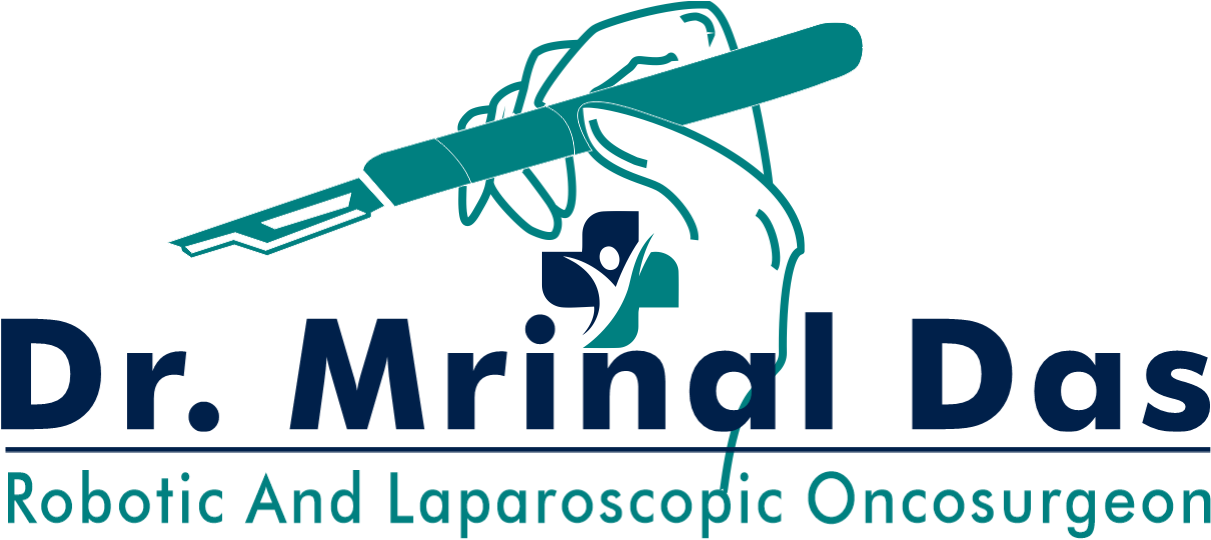
Breast health is a vital aspect of overall well-being, especially for women. One of the most common concerns that women face is discovering a breast lump. While not all lumps are cancerous, it is essential to understand the potential causes, when to seek medical advice, and what treatment options are available. Early detection of breast cancer significantly increases the chances of successful treatment.
What Are Breast Lumps?
A breast lump refers to any mass, swelling, or unusual thickening in the breast tissue. These lumps can vary in size, texture, and mobility. Some may be painless, while others may cause discomfort. Though many breast lumps are benign (non-cancerous), some could indicate breast cancer and should not be ignored.
Possible Causes of Breast Lumps
There are various reasons a breast lump may appear:
- Fibroadenomas: Common benign tumors in younger women. They are smooth, firm, and move easily under the skin.
- Cysts: Fluid-filled sacs that may become tender, especially before menstruation.
- Hormonal changes: Fluctuations during menstruation, pregnancy, or menopause can cause temporary lumps or swelling.
- Breast infections (Mastitis): More common in breastfeeding women, these may cause painful, red lumps.
- Fat necrosis: Damaged fatty tissue from injury can result in firm, painless lumps.
- Breast cancer: Malignant lumps are usually hard, irregular in shape, and may not move easily.
Signs That a Breast Lump May Be Cancerous
While not all lumps are cancerous, signs that may raise suspicion include:
- A hard lump with irregular borders
- Skin changes like dimpling, redness, or puckering
- Nipple discharge or retraction
- Persistent pain in one spot
- Swelling in the armpit or collarbone area
Diagnosis and Treatment
If you find a lump, your doctor may recommend diagnostic tests like:
- Clinical Breast Exam
- Mammogram
- Ultrasound
- MRI
- Biopsy
If the lump is benign, it may just need monitoring. However, if it is cancerous, treatment options may include:
- Surgery (Lumpectomy or Mastectomy)
- Radiation therapy
- Chemotherapy
- Hormone therapy
- Targeted drug therapy
Treatment depends on the type, stage, and receptor status of the cancer, as well as the patient’s overall health.
When Should You Call a Doctor?
You should consult a healthcare provider if you notice:
- A new lump or mass in the breast or underarm
- Changes in the size, shape, or appearance of your breast
- Persistent pain or discomfort
- Skin dimpling or nipple changes
- Unusual discharge from the nipple
Frequently Asked Questions
Are all breast lumps cancerous?
No. Most breast lumps are benign, but it’s important to have them evaluated by a doctor.
Can men get breast cancer?
Yes. Though rare, men can develop breast cancer and should report any abnormal lumps.
Does breast cancer always form a lump?
Not always. Some early-stage cancers may not cause lumps, which is why routine screening is crucial.
Final Thoughts
Finding a lump in your breast can be alarming, but many lumps are non-cancerous. However, early detection of breast cancer can save lives. Stay proactive by doing regular breast self-exams, scheduling routine mammograms, and consulting your doctor about any changes.
